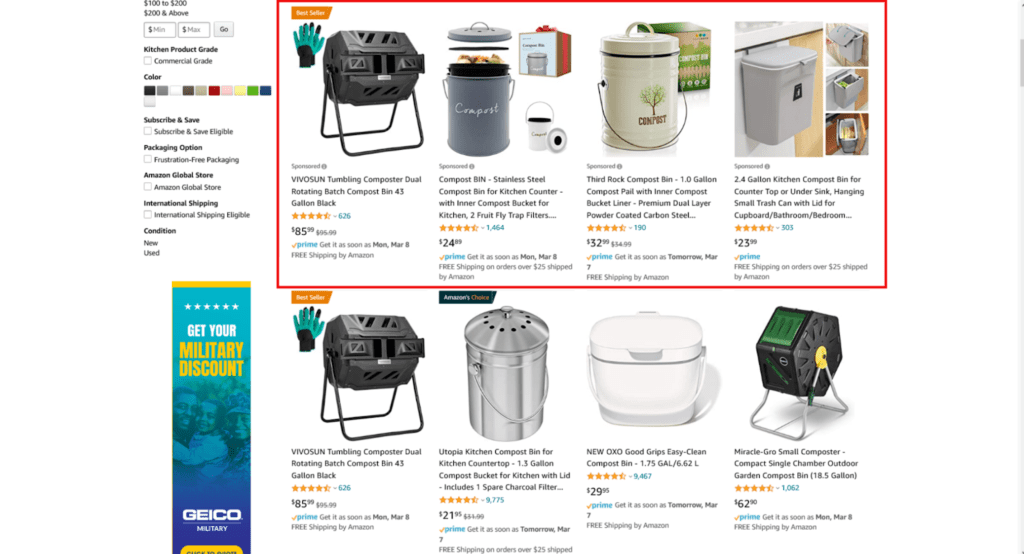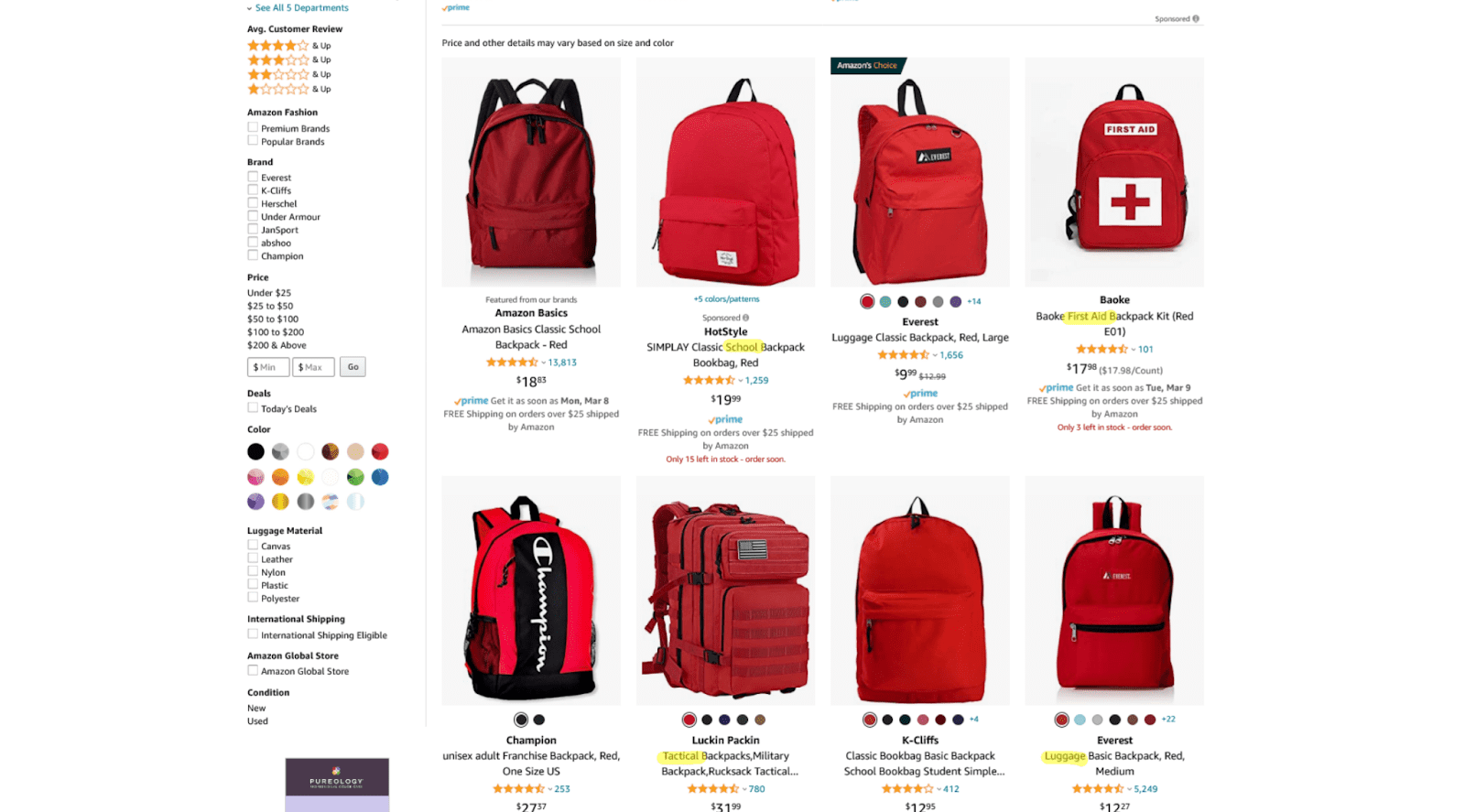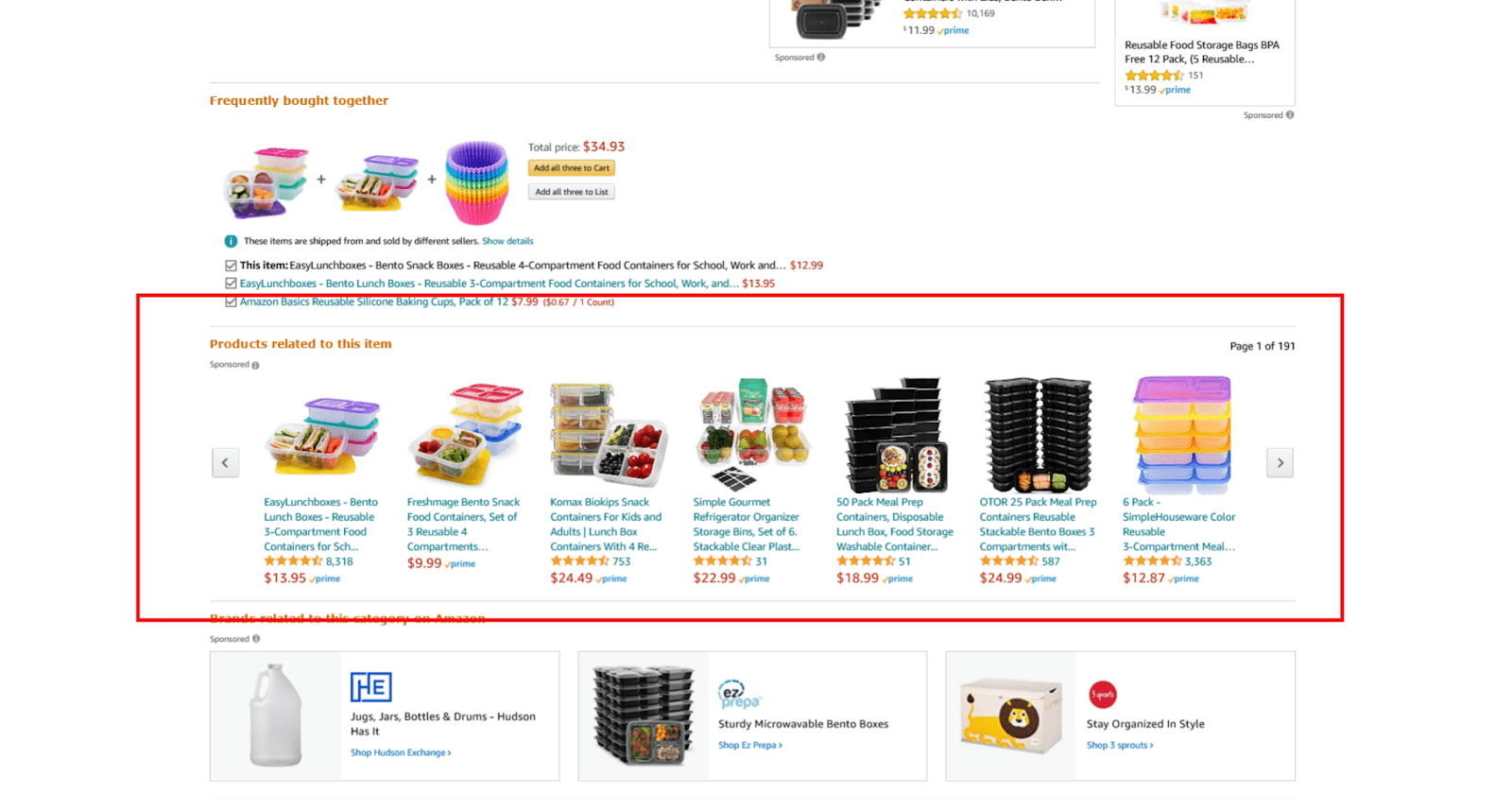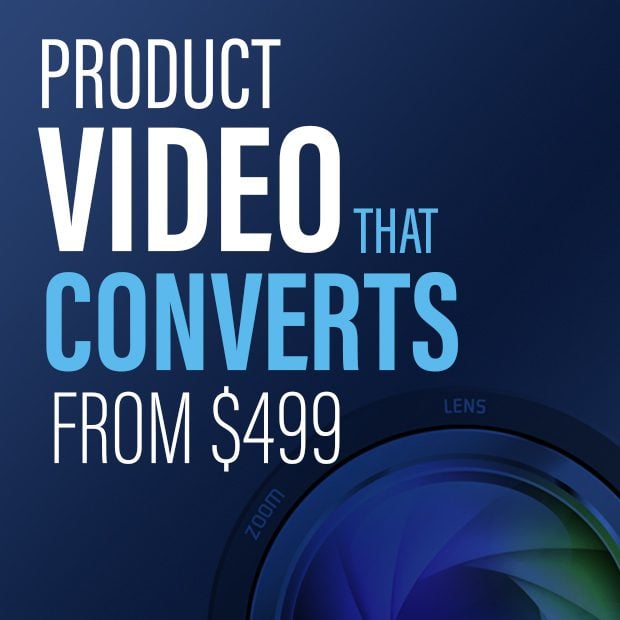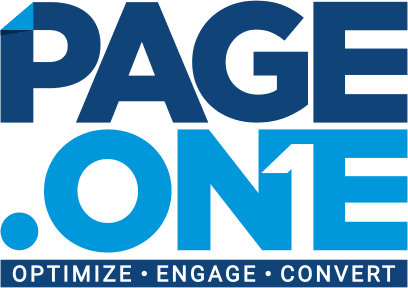Amazon PPC: Using Sponsored Products Ads to Drive Sales

When you sell on Amazon, you get to capitalize on their brand reputation and customer loyalty. But as an Amazon seller, you still run into the same problem that you would in any crowded marketplace: visibility.
That means, simply launching your product isn’t enough. And that’s where Amazon PPC comes in. With Amazon PPC, you get to increase your visibility and fast-track your product sales.
Pay Per Click advertising (PPC) is a form of advertising where you place a bid to show your ad in a location, and when someone clicks your ad—whether they make a purchase or not—you pay a fee for that click.
Your bid is competing against other sellers, so if they’re willing to pay more than you, then they’ll usually appear first.
Currently, Amazon offers sellers three PPC methods: Sponsored Products Ads, Sponsored Brands Ads, and Sponsored Display Ads.
In this article, we’re going to focus on the most common Amazon PPC method: Sponsored Products Ads.
But first, before we dive deeper…
Why would you want to use Amazon PPC?
The Benefits of Amazon PPC
(A) Visibility
When you first start selling—and you don’t have sales rank or reviews to support your product—it’s harder for prospects to find you. With Amazon PPC, you’re able to get the attention you wouldn’t otherwise get in a crowded marketplace.
(B) Organic Rank
With more listing visitors through Amazon PPC, you’re likely to get more sales, which will increase your organic product ranking in Amazon’s search engine.
In the long run, that’s what you want. You want to spend the advertising money upfront to increase your organic rank, so in the future—if you choose—you can reduce your Amazon PPC budget and use some of that money in other areas of your business.
(C) Strategic Targeting
Amazon PPC allows you to target customer searches and other competitive products. By targeting certain search terms, you can increase your ranking for less competitive, but highly searched, keywords.
The same goes for competitive products. Maybe you sell a product that’s similar to another product that’s selling well, but your product has an extra part that consumers often purchase separately. Well, you can target that product (using their ASIN) and capitalize on the weakness of the offer.
(D) Early Traction
When you first launch a product, you want to get as many sales and reviews as you can early on. Amazon PPC helps you do that by increasing your visibility. Consistent sales will encourage the search algorithm to rank your product higher.
Understanding Sponsored Products Ads
The Amazon PPC method that most sellers use is Sponsored Products Ads. Sponsored Products allow you to promote individual products on either search results pages or product listing pages.
Amazon doesn’t allow you to control the creatives of these ads. Your listing will show up just like any other product listing does: a product image, headline, star rating, price, and Prime eligibility.
The only difference is the “Sponsored” text at the bottom of the product image.
If you’re targeting a keyword, these ads show up either as the first few listings on a search results page, in the middle of a search results page (called rest of search positions), or sometimes at the bottom of the page.
The reason Sponsored Products are the most commonly used ads on Amazon is that any seller can use them. You don’t have to sign up for anything extra—unlike Amazon’s other advertising options.
Now, let’s break down how this method works:
When you use Sponsored Products, you’ll have three main targeting options: keyword, product, category.
Keyword Targeting
With keyword targeting, you can choose either automatic targeting or manual targeting.
Automatic targeting is where you let Amazon’s algorithm show your ad for search terms that seem to relate to your product.
Manual targeting is where you specify what search terms you want your product to show up for.
There are pros and cons to each method. Automatic targeting is more hands-off. You let Amazon figure out what’s best. Manual targeting gives you more control and precision. Ideally, a hybrid approach can work well.
When it comes to the keywords you select for your automatic or manual targeting, you have what is called “match types”.
Amazon PPC Keyword Match Types
Keyword match types help take some pressure off your shoulders. Instead of having to select the exact words a customer searches for, you can use general terms and learn the specifics later.
There are three keyword match types: broad, phrase, and exact.
Broad Match Type – Targets searches that fit some part of your specified keyword.
For example, If you’re selling a camping tent, you might target “camping tent” as a broad keyword.
As a result, your listing might show up for the search terms “tent for camping,” “camping net,” or “wide camping tent.”
Phrase Match Type – Targets searches that fit your keywords in the order that you present them.
For example, if you’re selling a red backpack, you might target “red backpack” as a phrase match.
As a result, your listing could show up for the search terms “red backpack for school” or “polyester red backpack.”
Take a look at the image below:
When we search “red backpack” on Amazon, we find several bags for different purposes: school, first aid, tactical, and luggage.
Say you were selling a red backpack for school, you might target “red school backpack” as a phrase match.
Exact Match Type – Targets searches for keywords exactly as you present them.
For example, if you’re selling a retractable dog collar, you might target “retractable dog collar” as an exact match. As a result, your listing would show up only if a prospect searches those words exactly.
Negative Targeting
Amazon also gives you the option to negatively target keywords.
What that means is that if you’re selling a product that’s designed for a specific purpose (or audience), but the product also tends to be used for other purposes, you can target the keywords related to those other purposes to prevent your listing from showing up when it’s not relevant.
For example, if you’re selling car seat covers that fit a specific type of car, you might target “car seat cover” as a broad match, but then target “Toyota” as a negative phrase match, so that customers searching for Toyota car seat covers don’t see your ad.
You can also use negative targeting for relevant search terms that tend to get you a lot of clicks, but don’t convert.
By using negative targeting, you save advertising costs, because you reduce the number of irrelevant clicks on your ad.
Product Targeting
Product targeting is relatively easy. All you need are the ASINs of the products you want to target. For example, you might target products that purchasers of your product tend to be interested in.
Product targeting ads will show up on product pages under the “Customers also bought these products” or “Products related to this item” carousels. These carousels usually sit underneath the bullets section or right above the review section.
Category Targeting
Finally, you have category targeting. With category targeting, you can target specific product categories, or subcategories, that you believe your product fits in. You can refine your targeting by brand, price range, average star rating, and Prime eligibility.
While this option is quite broad—because you don’t get to determine exactly where Amazon shows your listing—you can get some useful data.
For instance, you might run category targeting for a bit, then pull the data to see which ASINs are getting you the most results, then target those ASINs directly with product targeting.
The steps for setting up a Sponsored Products Ad is quite simple: Set the campaign duration (specific date or nonstop), set the budget, select the product you want to advertise; select the keywords, products, or categories to target, depending on what targeting you’re using; adjust your bid, and then, launch.
Wrapping Up
With Sponsored Product Ads and a persuasive listing, you shortcut your way to consistent sales on Amazon. Over time, you’ll gather the data that shows you what search terms customers use to find your products and what products customers view before purchasing your product.
This data can be useful in helping you make decisions on what products to add to your product line in the future.
So, not only does Amazon PPC drive sales, it helps you to understand your target customer better.
Happy Selling,
The Page.One Team
The Last Word:
One thing to keep in mind when you’re developing your manual keyword targeting strategy is that Amazon doesn’t distribute your campaign budget across keywords evenly.
That means if one keyword has a high search volume, it may utilize more of your budget than other keywords.
To help avoid this issue, you can launch multiple campaigns, and in each, use keywords with a similar search volume.

